The world of mobile apps is an exciting one, where the headlines are filled seemingly daily with billion dollar stories. Yet, the headlines don’t tout one of the biggest issues publishers face: mobile app churn. On average, only 25-40% of new customers will re-launch an app after the first week. This number diminishes as time goes on, ultimately falling to 4% one year out.
To help app publishers conquer the retention problem, we’ll cover the main reasons for churn, how to identify the warning signs, and five ways to prevent churn in your mobile app.
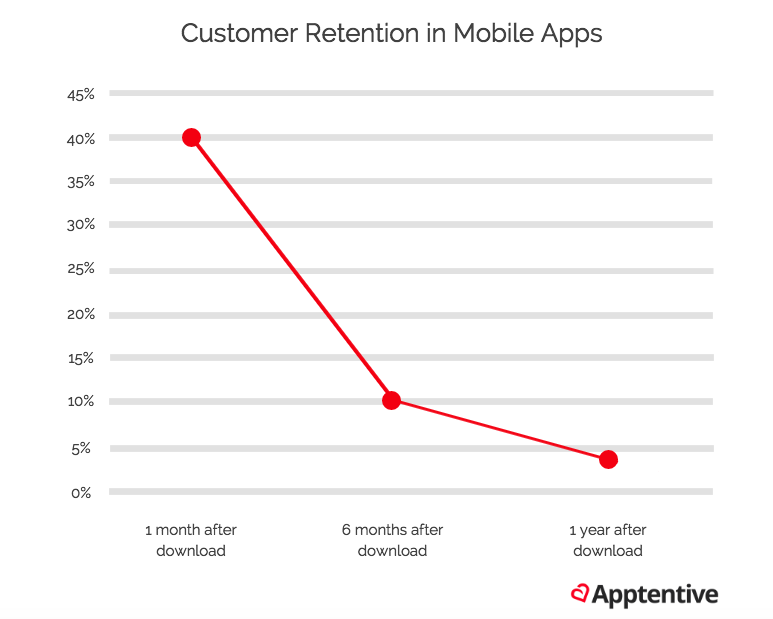
But first, the basics
While the two topics may seem oxymoronic, the devil is skewed in the details. While it’s true that the vast majority of apps do churn out the majority of their users, the apps that are successful have mastered sticky retention strategies that enable them to buck the trend, allowing them to cash in the vast majority of the industry’s spoils.
What is churn? Churn is the opposite of retention. If you retain 25% of your users after a period of time, then 75% of your users have churned.
How do you calculate churn? While there are many different ways to calculate churn, the simplest way is to subtract 1 from the number of users who did not return to your app after 1 month. When analyzing your app in terms of underperformance, it’s helpful to think in terms of churn rather than retention, because churn often provides the shock value necessary to understand just how many of your users. 90% speaks of more urgency than 10%.

Reasons for churn
There are many reasons that cause churn, but here are some of the main reasons:
Lack of clear, fundamental value
If an app does not solve a problem or provide significant value to users, then what reason is there to continue using the app? For support, consider how easily the fundamental value of some of the most successful apps is assessed:
- Uber – Helps people reliably secure transportation.
- Waze – Helps people find the fastest driving routes.
- Whatsapp – Provides people with free, secure global messaging.
- Snapchat – Easily enables the quick sending or receiving disappearing messages between friends.
- Tinder – Simplifies the process of finding “dates.”
- Instagram – Provides a visual experience specifically for sharing pictures.
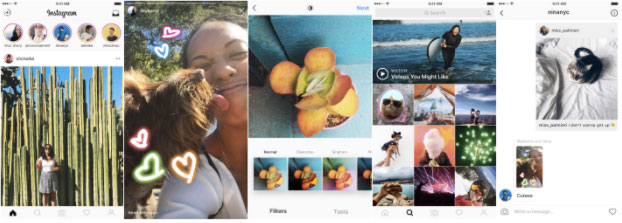
Ineffective first experience
The initial experience of your app has the best chance to retain or churn users, because by definition, every single user must pass through this stage. The first experience can mean many things in practice, such as onboarding (e.g. static, dynamic, lack thereof), profile creation or trial.
Mobile marketing guru Andrew Chen comments that “most of the leverage in improving… retention curves happen in how the product is described, the onboarding flow.” Additionally, users who are onboarded effectively see lifetime value increase of upwards of 500%.
Lack of delivery on the fundamental value
For a user to continue using your app, your app must be able to effectively execute on the core fundamental value it presents. If your app’s delivery chain cannot make good on the fundamental value (whether it’s your app’s digital UX or real-world component), or if it breaks down when trying to do so, then churn will rise because your app cannot honor the need a user downloaded your app to solve.
Returning to our most popular apps from above, we can reflect on how well they all deliver on their fundamental values:
- Uber – Delivers on its promise of helping users find reliable transportation by recruiting masses of drivers, eventually allowing users to secure rides within 3 minutes and 8 seconds at all times of day or night.
- Waze – Delivers on its promise of finding drivers the fastest routes by gamifying its experience to ensure users contribute real-time information on road updates (which other map apps could miss).
- Whatsapp – Delivers on its promise of free, global, secure messaging by allowing users to leverage their phone number to communicate via the internet for free.
- Snapchat – Delivers on its promise of connecting friends via quick, ephemeral messages by enabling friends to send one another photos and videos that disappear after opening.
- Tinder – Delivers on its promise of simplifying the process of finding a date by making it as easy as swiping right.
- Instagram – Has a rich, entirely visual discovery experience of photos and videos, even going so far as to release new apps building on this visual experience (Layout and Boomerang).
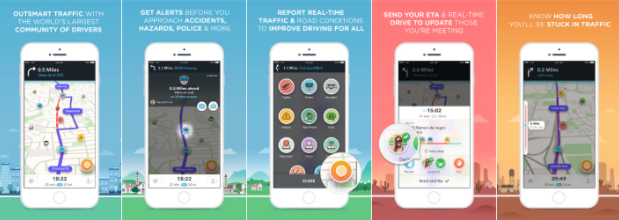
Lack of stickiness
The modern world we live in constantly surrounds us with shiny objects and the latest and greatest. Even if you have delivered on the prior three user needs, sometimes your users may wander off to something else, unless you are able to pull them back. For instance, one study found that users who enable push messaging end up 88% more engaged. Other research indicates that “23% of users abandon an app after one use.” These data points are evidence that, if users’ expectations are not met or they are not reminded of an app’s value, they will quickly disappear.
Insufficient update cadence
With thousands of apps hitting the stores daily and new technologies and business models proliferating faster than ever, it’s vital to continue evolving what your app offers to new and existing users in order to stay relevant and fend of churn by value stagnation. An interesting 2015 Moz study offers support of this factor, finding that for the top 100 apps in either the play or app store, “these apps are updated much more frequently than the average app, and apps with older current versions are correlated with lower ratings.”
How to identify warning signs of churn
Before we start figuring out how to prevent churn, it’s important to gather data on how users are engaging with your app (or not). Here are some important data points to track:
- The number of active and churned users per period – Naturally you need to know how many users you are retaining. Cohort reporting is required to calculate true retention, otherwise you won’t know how many users that were active at the end of a period were attributable to that or another time period.
- In-app actions (e.g. purchase, create profile, send message, ignore review prompt) – This data will tell you how your app is delivering on its fundamental value, or whether users are even responding to your fundamental value.
- Engagement efforts (e.g. push, email, in-app messaging, remarketing campaigns) – Make sure you can compare the churn rates of users who have been influenced by your engagement campaigns with users who have not, to determine the impact of such efforts.
- Segments (e.g. user demographics, locations, acquisition source, time of day/day of week of activity, etc.) – Segmenting users into different buckets will help you more accurately deduce trends within segments, or identify trends that exist across segments.
Andrew Chen also encourages app teams to measure their app’s retention versus peer apps rather than the industry overall. Make sure to look at the data with the right lens, as different types of apps will have different churn benchmarks and what appears to be a scary churn number may actually be in-line with the nature of the category. Here are some benchmarks across different verticals, according to Alchemer Mobile (formerly Apptentive):

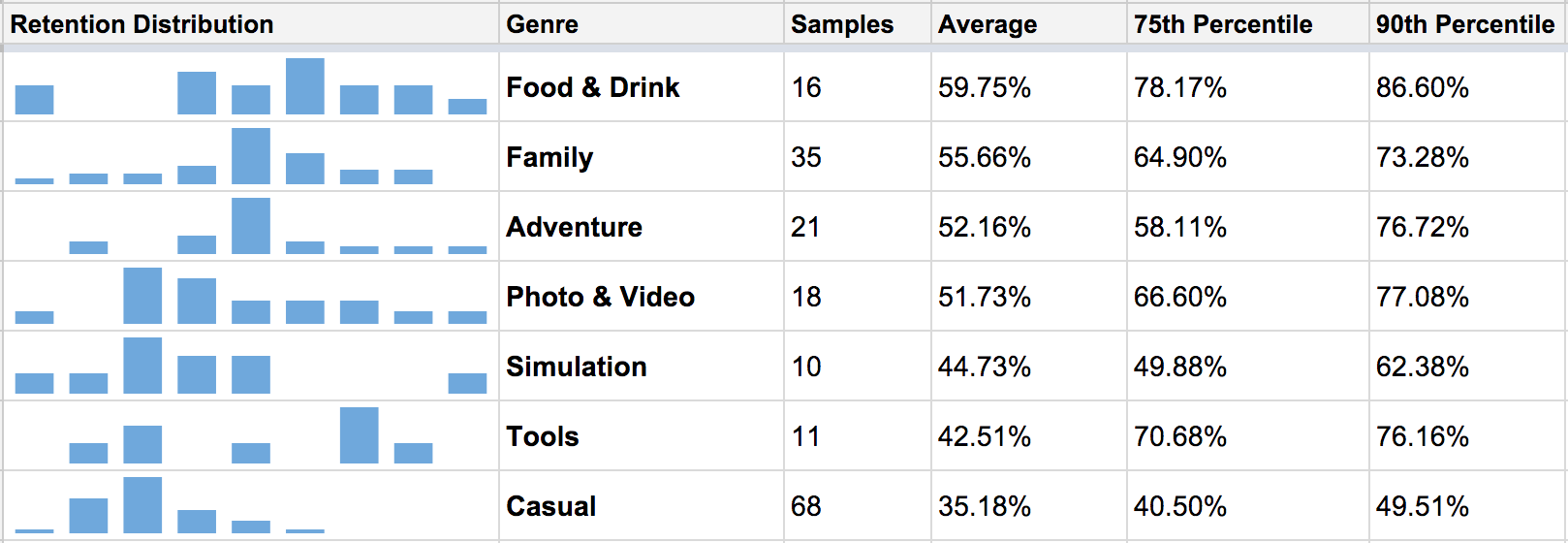
Don’t forget to capture the human element and backup your data assumptions/findings with qualitative data, such as:
- Reviews – Alchemer Mobile (formerly Apptentive)’s Public Reviews tool allows you to quickly and efficiently sort and tag your Apple App Store and Google Play reviews to identify trends. The Google Play Console also makes it easy to mine reviews for insights in the Ratings and Reviews section.
- In-app surveys – Formulate hypotheses and test them by asking your users directly. Even the act of asking users for feedback can reduce churn.
- Gather in-app feedback – Implement a listening tool in your app to give users an opportunity to leave feedback. Also consider capturing and mining feedback delivered to your support email or through your review prompt.
5 ways to prevent churn
Once you have the data, it’s time to get digging to figure out where your app’s weaknesses and strengths are.
1. Identify a lack of fundamental value
Determine via in-app actions and qualitative feedback whether users are engaging with your fundamental UX/features (or churning out before doing anything at all). Low general engagement or fundamental UX/feature engagement means you either have a weak fundamental value proposition or a problem in getting users to that value.
2. Identify bottlenecks in ineffective first experiences
By tracking how users interact with your first experiences and where in that experience they churn out, you can pinpoint bottlenecks and set up A/B tests to reduce churn.
3. Identify a lack of delivery on the fundamental value
Filter your data for users who have high churn or low retention and try to spot trends in the actions they take. Then, do the inverse (low churn and high retention). Looking at the data from both ends can help illuminate more learnings. Determine whether the trends point to an issue in how your fundamental value is delivered, and which actions (or inactions) are the cause of a breakdown.
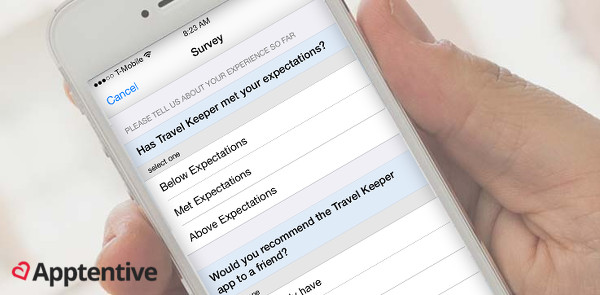
If users who make it through your fundamental UX end up beating the benchmark churn/retention average, but many users churn before making it that far, then it’s time to make some adjustments to when and how your fundamental value reaches your users.
4. Lack of stickiness
If users are engaging with your fundamental value chain but are gradually churning out, you might also consider one of these techniques:
- Run remarketing ad campaigns to pull users back in from outside of your app even if you can’t reach them via email or they’ve disabled push.
- Setup automated/drip engagement campaigns to help move users through the workflow of key actions that is associated with the lowest churn.
- Add more UX in-roads, hook up deep-links, focus your marketing messaging and create incentives around your fundamental value.
5. Insufficient update cadence
Study your competition as well to see how often they push meaningful updates, what they update and how users react (i.e. category rank and reviews).
In conclusion
Gradual declines in in-app engagement or lack of excitement in qualitative data even after optimizing for stickiness can indicate a need to innovate.
For app teams that are able to manage a churn reduction strategy, the reward is great. Start by understanding why users in general churn, track data to understand why your users churn, and begin optimizing strengths and weaknesses from your fundamental value proposition to the rest of your app.

